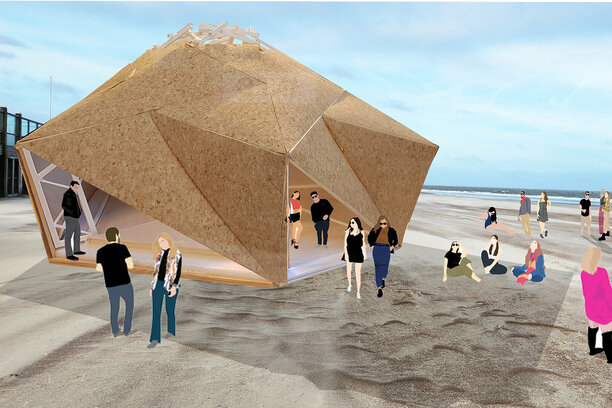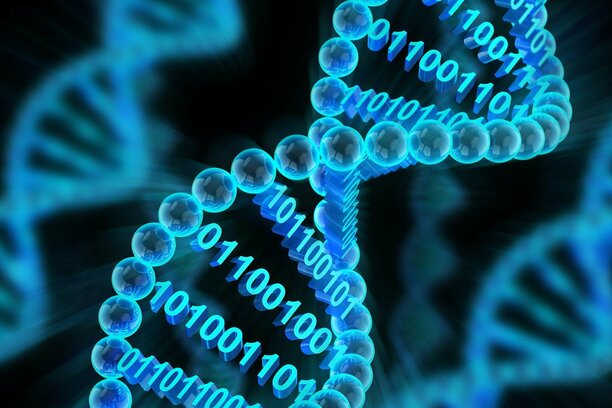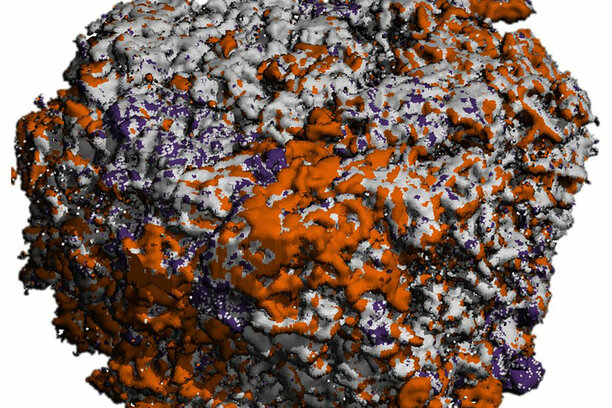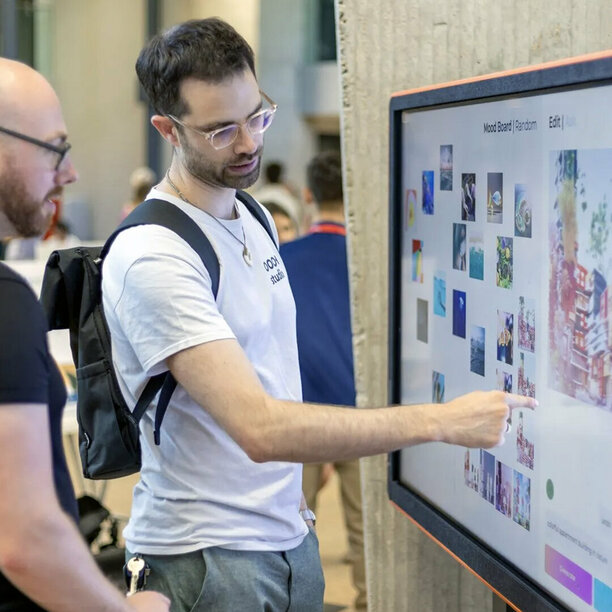Experience the change with the 20 TU/e projects at the Dutch Design Week
With the 'Drivers of Change' exhibition on the Ketelhuisplein, TU/e is once again at the heart of the Dutch Design Week in Eindhoven from October 21 to 29.
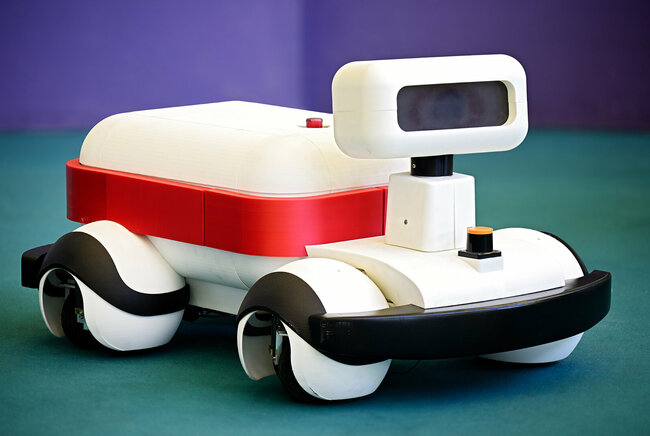
Are you ready for the Dutch Design Week? This world-famous Eindhoven event is entirely dedicated to innovative and surprising design, with locations throughout the city. Once again this year, TU/e has a prominent role in the program with the exhibition 'Drivers of Change' on the Ketelhuisplein at Strijp-S. Through twenty projects, visitors are taken into the world of our bright minds, enthusiasts, passionate researchers and designers who are working on the solutions of tomorrow. Get ready for it with 5 highlights you should not miss!
The TU/e projects selected in 2023 range from beautifully designed concept cars by student teams, to architectural innovation and a real lab that allows the visitor into the heart of the creation.
A complete overview of the Drivers of Change 2023 exhibition, as well as previous years, can be found at https://ddwtue.nl. Visits to Ketelhuisplein and the exhibitions are free and freely accessible throughout the week.
Latest news


![[Translate to English:] Photo: Bart van Overbeeke](https://assets.w3.tue.nl/w/fileadmin/_processed_/e/0/csm_BvOF%202019_1031_BHF%20license%20TUe%20ILI%20copy_8a50884392.jpg)
